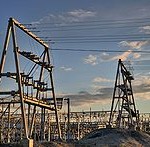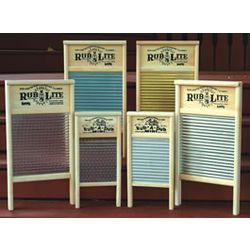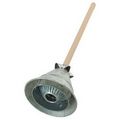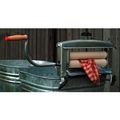In the event of a power outage, here are a some things you can do to help keep your food cold, if not frozen;
- During times when there is power, the fuller your fridge or freezer is, the longer the temperature will stay cold and the less the motor will have to run to keep it cold.
- If your freezer isn’t full, you can add frozen containers to fill the empty space. Any container will do, but 2-liter bottles are shaped well for stacking. (In writing this, I have a chest freezer in mind, but it should work for a fridge based freezer as well.)
- When there is a loss of power, a full freezer will keep food frozen for approximately two days, a half full freezer for a day and a fridge for roughly four hours, if they remain closed.
- If there is a power loss another good idea is to write down the contents of the fridge and freezer and post it on the outside. When someone is hungry, they can browse the list with the door closed, keeping the cold where it belongs.
- If you have a generator, you can connect the fridge and freezer to it and run the generator once or twice a day, for an hour or so and that should be enough to keep things cold.
- If the outage is going to be longer in duration, it is important to keep meat, poultry, fish and eggs refrigerated at 40 Fahrenheit and frozen things at 0 Fahrenheit. These would be good things to cook and eat first.
- If you live in an area with snow, it’s not a good idea to place frozen food directly in the snow. The temperature isn’t controlled and things could thaw and refreeze. One possible solution might be to take a clean 30 gallon garbage can and bury it in snow, then place the food in it. If you bury it with snow nearly to the top and place the lid on it, this should keep things cold but probably not frozen, depending on the temperature outside.
If you have any other tips please add them to the comment section.
Please click here to vote for Prepared Christian as a top Prepper site!
If you liked this article please think about sharing it on the social media listed below, thanks!















